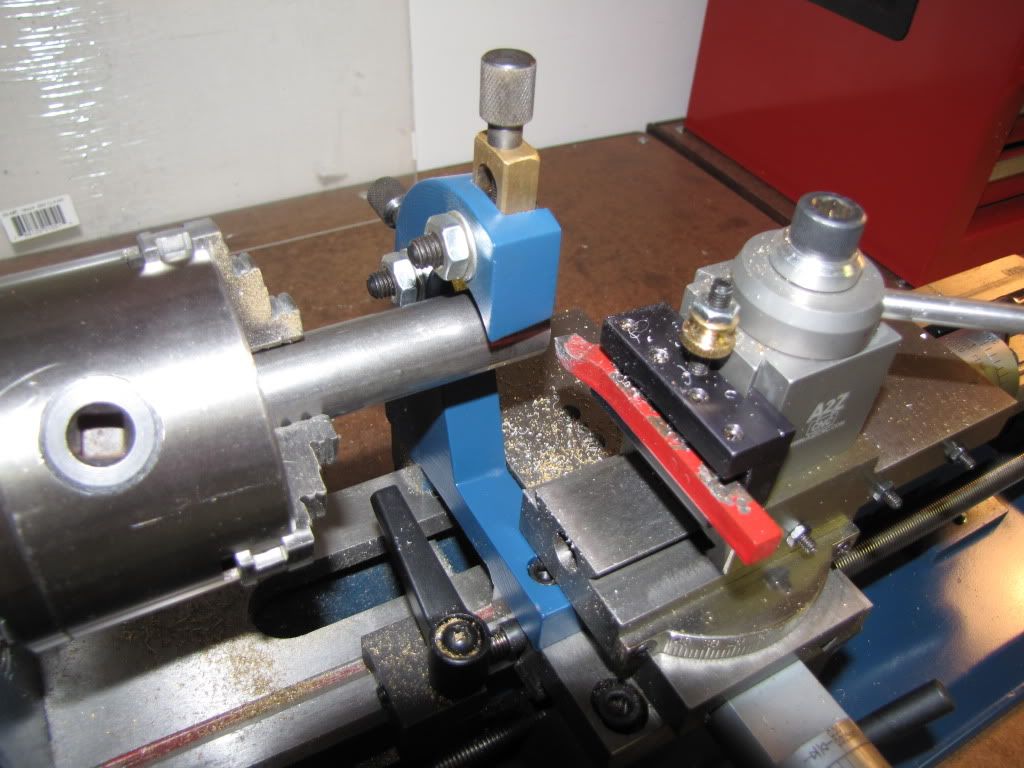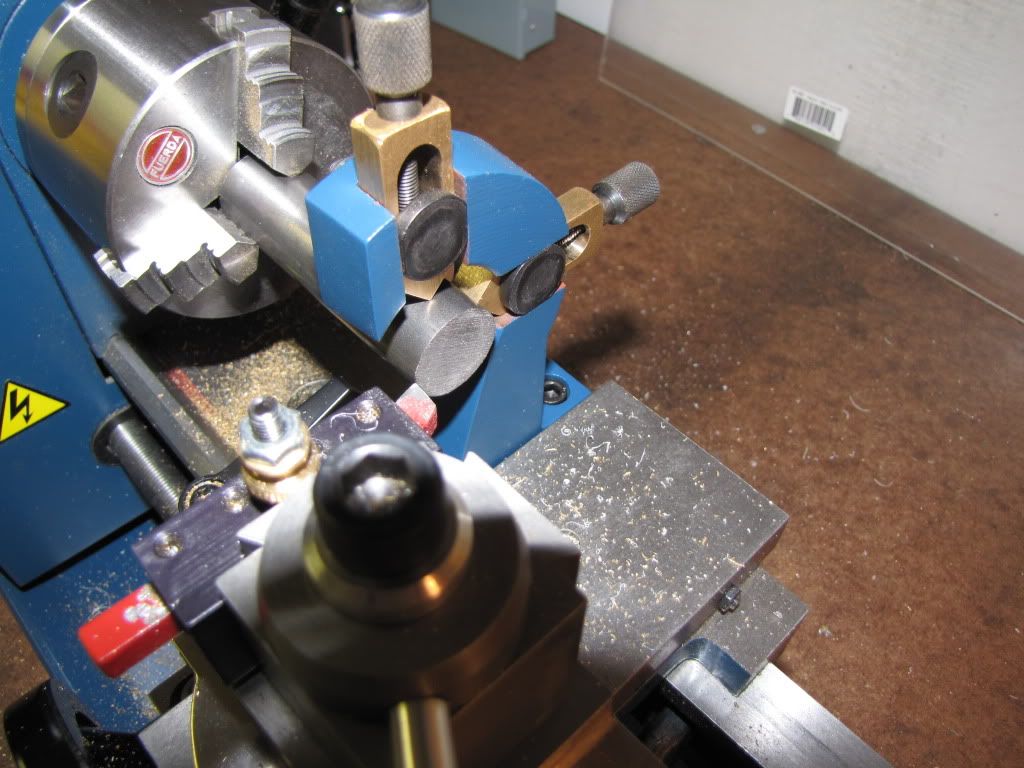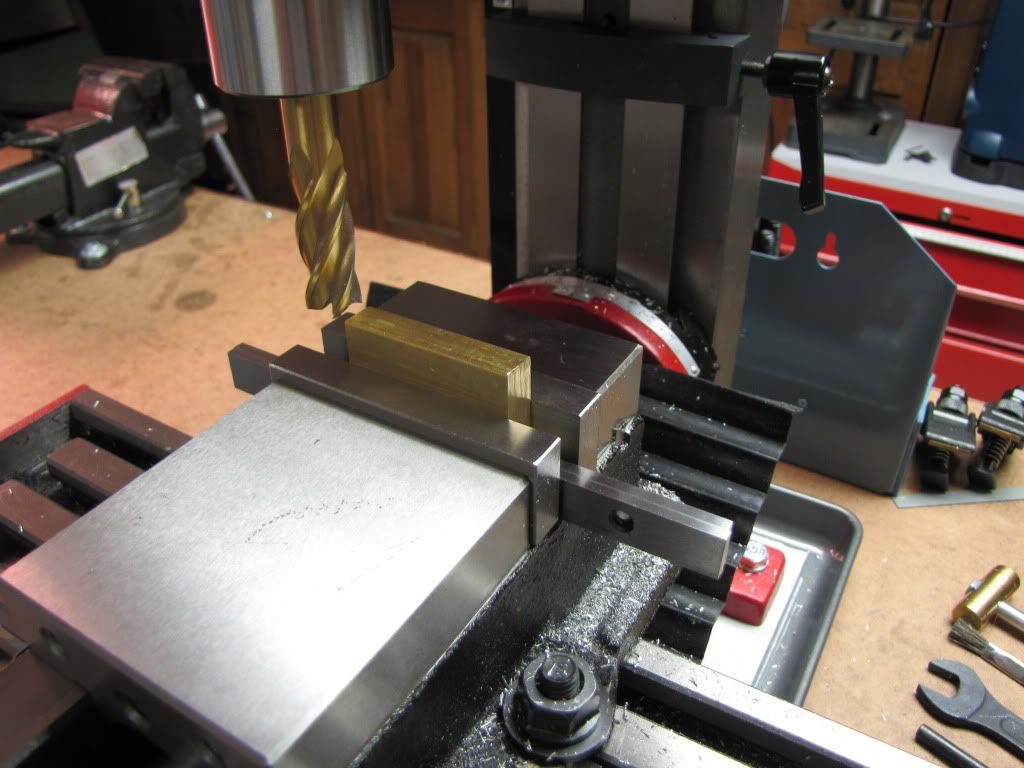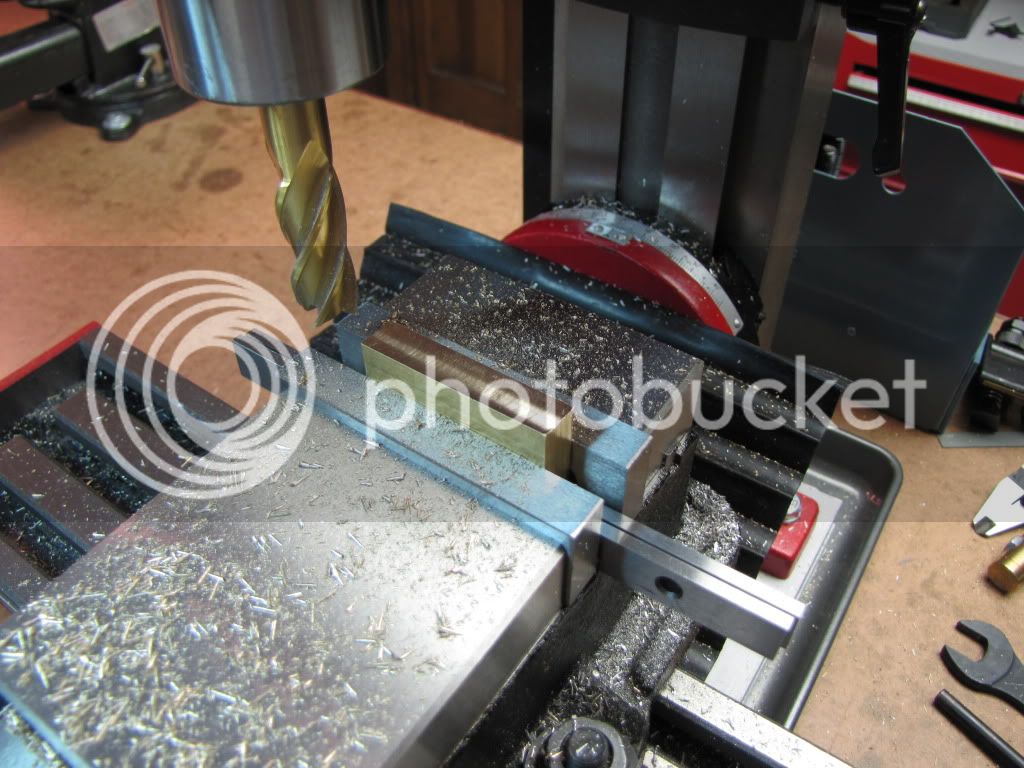AlanHaisley
Well-Known Member
- Joined
- Nov 30, 2007
- Messages
- 142
- Reaction score
- 6
Carl,
I see that you sight located the crossing for the first hole. For the subsequent ones did you also go by sight or did you use the first hole as origin and dial to each of the others?
Alan
zeeprogrammer said:The instructions called for using an edge finder and moving the center drill as required. But the instructions also called for using scribe lines and a height gauge. Their idea being to use the edge finder and see that you're over the scribe mark. I can't say I understand that. I don't know how to use an edge finder yet and this would have been a good time to learn. But I went for the scribe lines only.
I see that you sight located the crossing for the first hole. For the subsequent ones did you also go by sight or did you use the first hole as origin and dial to each of the others?
Alan
















































![DreamPlan Home Design and Landscaping Software Free for Windows [PC Download]](https://m.media-amazon.com/images/I/51kvZH2dVLL._SL500_.jpg)














